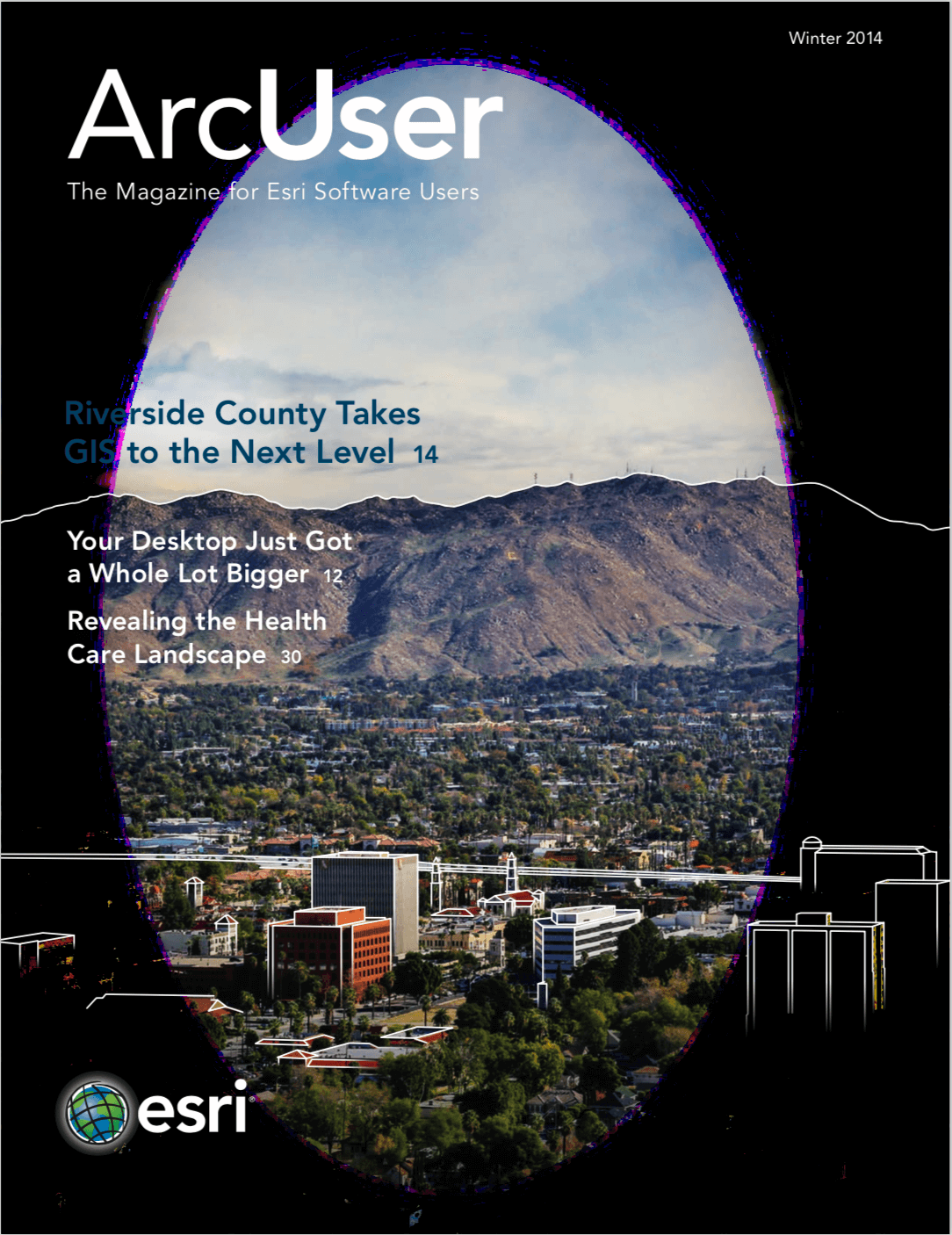
This past July, Coursera hosted the first Massive Open Online Course (MOOC) that explored the fundamentals of mapping using GIS. It was developed by a member of the Pennsylvania State University (Penn State) faculty.
While online education is at the cutting edge of classroom initiatives, the original concept of distance learning dates back nearly 300 years. In 1728, Caleb Phillips advertised shorthand lessons by mail in the Boston Gazette, allowing formal study outside the traditional classroom setting.
With the World Wide Web’s seemingly limitless potential for interactive learning activities and its ability to instantly deliver course materials to thousands of students throughout the world, distance learning has grown exponentially. The Babson Survey Research Group reports that during the fall 2010 school term, more than 6.1 million university students in the United States were taking at least one online course.
The latest development in distance learning is the MOOC, which stimulates large-scale participation among class enrollees. The term MOOC was coined by researchers Dave Cormier and Bryan Alexander at an extended education class at the University of Manitoba in 2008.
Various companies, including Coursera, Udacity, and EdX, provide administrative and technical support to those who have developed MOOCs (normally professors and their respective universities) and want to launch their courses. Created in 2012, Coursera attracted approximately four million students during its first year of operation.
A MOOC for GIS Education
Dr. Anthony Robinson, lead faculty of online geospatial education at Penn State, developed the course lectures and wrote content for the MOOC. The accompanying lab exercises, which use ArcGIS Online, were developed in cooperation with Esri’s education industry curriculum development manager Joseph Kerski. Esri provided special support for the software so that the thousands of students enrolled in the class could use it whenever needed.
Though experienced in teaching GIS courses online, Robinson was initially uncertain about how to develop coursework for a MOOC and sustain his students’ interest in the class. Because MOOCs commonly attract tens of thousands of students (computer science courses with more than 100,000 enrollees are not unusual), the traditional teacher/student relationship is fundamentally changed.
One of Robinson’s major goals was to reach as many students as possible. He realized that even though the course was free, it would not be equally accessible in all parts of the world because of technical limitations, such as Internet speed that would make it difficult for some to access and download files. To minimize this problem, his class didn’t require downloads. “Students just used their web browser,” said Robinson. “I really wanted to keep the technology threshold as low as possible.”
Initial Success
On July 17, the more than 40,000 students who had enrolled in the course automatically received an e-mail indicating that they could begin work on the course materials for lesson 1. Each week of the five-week course featured a different lesson, which included lecture videos, written content, explanatory graphics, video assignments, discussion activities, and hands-on mapping activities. Students were evaluated in the course through weekly quizzes, a final exam, discussion participation, and a peer review of their final mapping assignment.
“After the course launched, a transformation occurred and the students really took over the class,” said Robinson. “They created their own study groups, online communities, and forum threads in support of their coursework, most of which was outside my instruction. It’s incredible to see how a global audience has engaged with the science and art of mapping.”
The number of students in a MOOC can make evaluating student lab work challenging. Robinson relied on peer assessment to evaluate the maps created for the final assignment. “I designed a scoring rubric that allowed students to review the maps by their classmates using storytelling and map design criteria that I defined,” said Robinson.
Once a student sent in a completed lab assignment, he or she automatically received three assignments submitted by other students. Each student reviewed the work of other classmates’ work based on the rubric. The number of peer reviews for each map was large enough to average out extreme or disinterested students, but not so large that peer reviews took students away from their own work significantly.
By the final week of the course, nearly 9,000 students were still participating. The scope of the final story map projects submitted reinforced a belief about modern mapmaking held by Robinson and other digital cartographers: virtually any subject can be visually and intellectually enriched through the use of maps and mapping techniques.
At the end of the class, final grades were calculated. A Statement of Accomplishment was issued to those students who passed the course. This is the generally recognized certification for completing a MOOC because most MOOCs do not provide university credit.
The Future of MOOCs
According to Robinson, MOOCs may become more central to university education in the future because they have the potential to reduce student and university costs while providing a flexible schedule for completing course requirements. He thinks they will be particularly attractive to mature students who often have more time constraints than younger students as well as lifetime learners like his grandfather, who enrolled in the course.
Robinson also says that MOOCs tend to attract large international audiences. In most Coursera classes, 60–75 percent of the students are from outside the United States. “This is probably because the courses are free and offered by a recognized institution of higher education,” stated Robinson. “Basically, all you need is an Internet connection.”
The Maps and the Geospatial Revolution MOOC provided Penn State with visibility to students throughout the world who may have been previously unaware of the university. Some of these students may consider taking other online classes or applying to the university based on their positive experience with this class.

